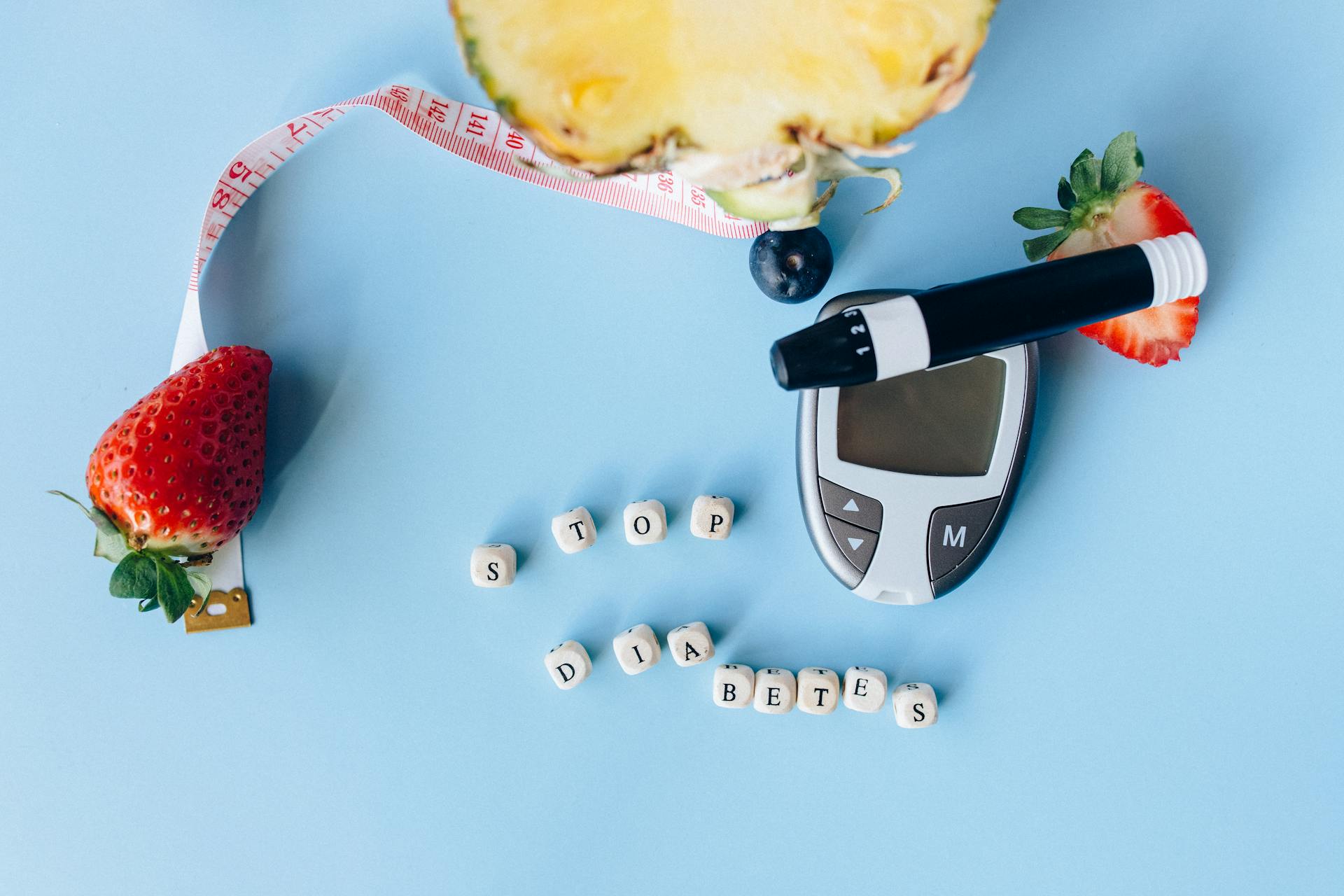Heart disease is the leading cause of death in the United States, accounting for over 650,000 fatalities per year. Behind many of those deaths is atherosclerosis, a condition in which the arteries become hardened and narrowed due to a buildup of fatty plaque, obstructing blood flow.
The location of the obstruction determines which type of condition you have. If it’s in the outer extremities—the arms or legs, for example—it’s known as peripheral artery disease (PAD). If it’s in the arteries that supply blood directly to the heart, it’s known as coronary artery disease (CAD)—and it’s the leading cause of heart-related death.
The two conditions, while separate, are closely interrelated: the same plaque causing buildup in one area of the body is likely to wreak havoc in others. “The effects of PAD can extend beyond the affected limb. The body’s circulatory system is interconnected,” explains the Cleveland Clinic. “Patients with atherosclerosis of the legs commonly have atherosclerosis in other parts of the body. Therefore, it’s not surprising that patients with peripheral artery disease are at increased risk for having a heart attack, stroke, transient ischemic attack (“mini-stroke,”) or problems with the kidney (renal) arteries,” their experts add.
That’s exactly why it’s so essential to know the signs of this serious condition—and to have your heart screened if you notice symptoms of PAD. In particular, the Mayo Clinic is shedding light on one surprising symptom that you may notice in your legs—and it’s something you may otherwise overlook. Read on to learn about this major red flag, and what to do if you notice it on your own body.
If your legs look shiny, it may be a sign of PAD.
According to the Mayo Clinic, having shiny skin on your legs—particularly your lower legs—may indicate peripheral artery disease. That’s because restricted circulation due to PAD may cause blood to pool in the lower extremities, altering the color and texture of the skin on your legs.
The U.K.’s National Health Service (NHS) adds that if you have PAD, your legs may become “pale, shiny, smooth,” or even “blue.” Additionally, some people lose the hair on their legs or find that their leg hair grows more slowly, making the sheen on skin more noticeable.
These are the other symptoms to look out for.
Besides changes in the appearance of the legs, the Mayo Clinic says if you have peripheral artery disease you’re likely to notice pain, cramping, weakness, or numbness in your legs or hips—especially after physical activity. Similarly, if the blockage is located in your arms, you may notice “aching or cramping” in that area when doing manual tasks.
Many people with PAD notice coldness and a weak pulse in the affected area—both signs that circulation is compromised. In some cases, you may notice slower growth of the toenails, or sores on the legs, feet, or toes that do not seem to heal.
There are serious risks to leaving PAD untreated.
If you do experience sores as part of PAD, it’s a serious sign that you need immediate medical care. According to the Cleveland Clinic, “these sores can develop into areas of dead tissue (gangrene) that ultimately require amputation of the foot or leg.”
If that’s not enough cause for concern, living with PAD long-term greatly increases your risk of heart attack. In fact, one study published in the journal BMC Cardiovascular Disorders found that those with peripheral artery disease are six times more likely to suffer a coronary episode or stroke than those who don’t.
PAD often goes misdiagnosed.
According to the American Heart Association, people often mistake the symptoms of PAD for something else, and the condition often goes undiagnosed by medical professionals.
One vascular surgeon echoed this concern while speaking with the Society for Vascular Surgery. “A lot of time when patients complain of leg pain, it is misdiagnosed as something else, such as back pain,” said Katherine Gallagher, MD, a researcher at the University of Michigan. “They may be referred to other doctors and occasionally have procedures like back surgery that fails to relieve the pain. Only then they are diagnosed with PAD,” she added.
However, there’s some good news for those concerned about the condition. Gallagher says that once it is diagnosed, it can be managed simply with a combination of medication and lifestyle changes. “If the patient follows doctor’s orders, he has a 75 percent chance that his PAD will not get worse. Exercise, such as walking on a treadmill, has been found to be an effective way to reduce pain, and in fact, supervised exercise has just officially been approved for Medicare and Medicaid reimbursement,” the surgeon says.







